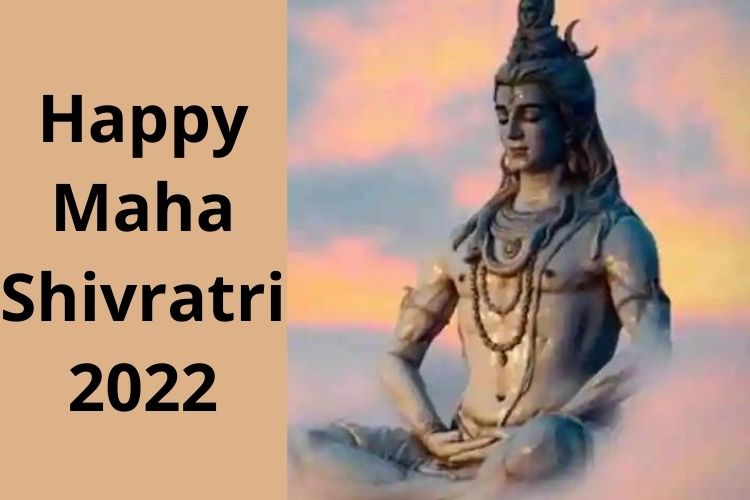Maha Shivratri: Know the Significance, Auspicious Timings and Rituals of the Festival
Maha Shivratri is one of the most auspicious Hindu festivals celebrated in the honor of Lord Shiva. Read more to know the significance, auspicious timings and rituals of the festival.

Maha Shivratri is celebrated as one of the most auspicious Hindu festivals in the honor of Lord Shiva. "Maha Shivratri" translates to the great night of Shiva. As per the Drik Panchang, Maha Shivratri falls on Chaturdashi Tithi during Krishna Paksha in the month of Magha. Shivratri festival is celebrated in every month of the lunar solar Hindu calendar, but Maha Shivratri occurs only once every year in February or March, which marks the end of winter and the beginning of spring and summer. It is considered auspicious as it is the night of convergence of Shiva and Shakti - the embodiment of love, power and unity.
Significance of the Festival
It is believed that Lord Shiva and Goddess Parvati have got married on this day. Devotees observe a fast to find suitable life partners.
The Bel Leaf
As per ancient Hindu scriptures, the Bel tree emerged from the droplets of Goddess Parvati's sweat, Lord Shiva’s wife. The Skanda Purana mentions that sweat droplets from the Goddess’ forehead fell on the Mandrachal mountain and a tree emerged.
Auspicious Timings and Rituals
The puja timings are from March 1 at 06:21 pm to March 2 at 06:45 am. Another auspicious timing for the puja starts from 3:16 am on Tuesday, March 1 and will end at 10 am on Wednesday, March 2.
Devotees observe a fast by taking a bath early in the morning during the Brahma Muhurat. They meditate and offer prayers to Lord Shiva.







